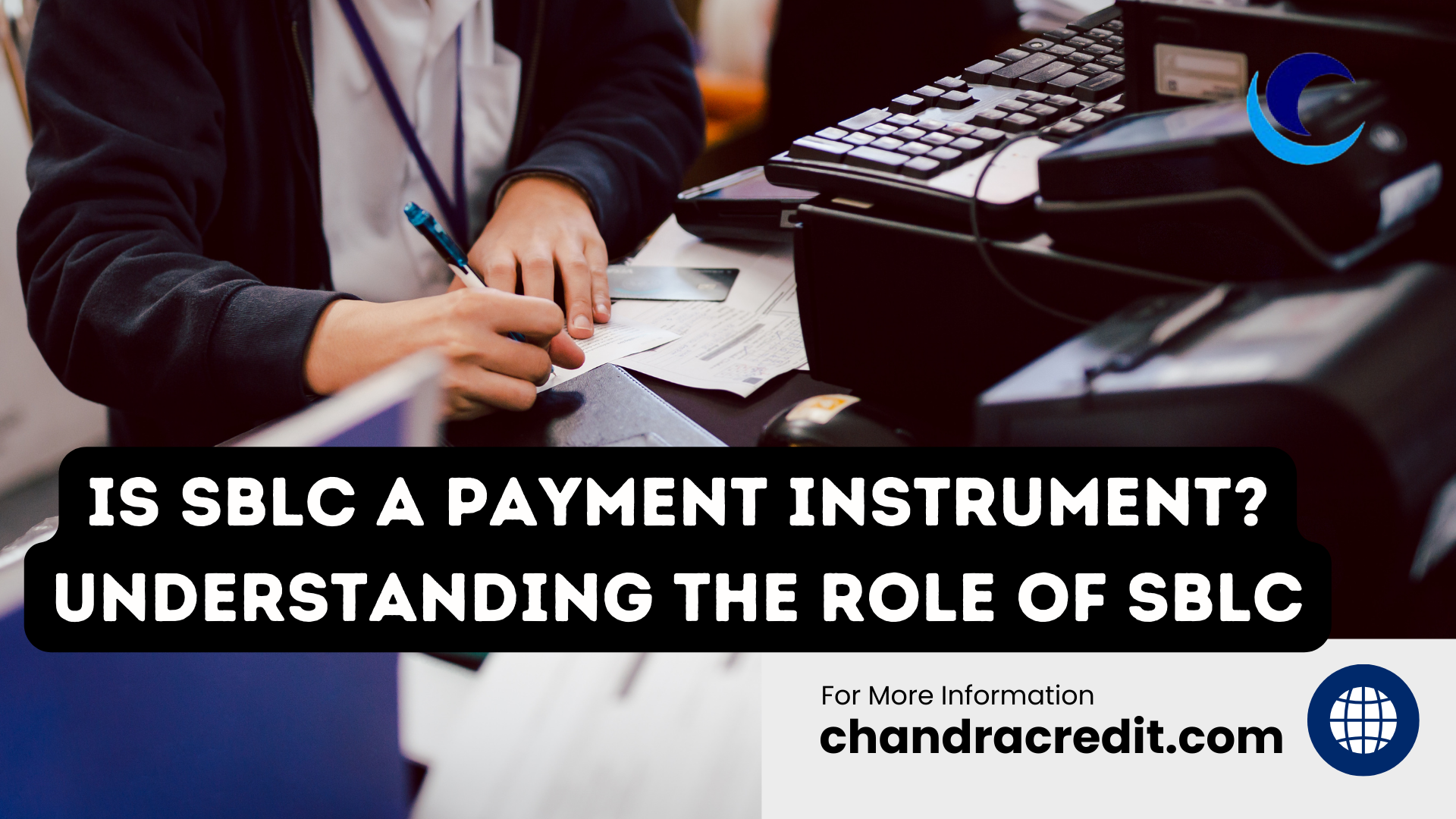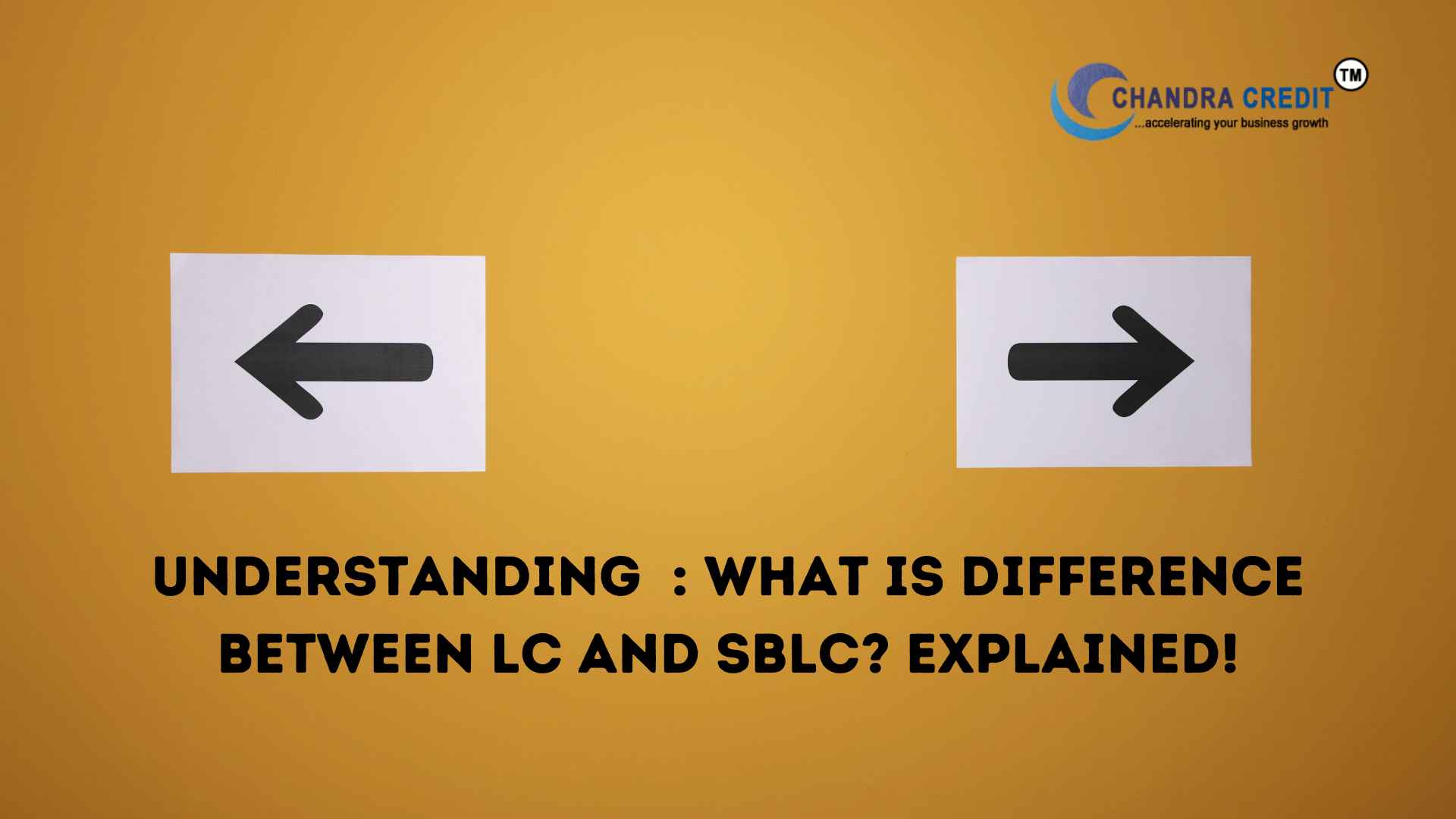


In the world of international trade and commerce, financial instruments play a pivotal role in facilitating transactions and mitigating risks. Two commonly used financial instruments in this realm are bank guarantees and letters of credit. These instruments offer different mechanisms to ensure payment and performance in business deals, and understanding their nuances is crucial for businesses engaged in cross-border trade. When engaging in international trade, businesses often encounter situations that require financial assurances to mitigate risk and ensure smooth transactions. Two widely used financial instruments that provide this security are bank guarantees and letters of credit. Understanding the differences between these two instruments is crucial for businesses looking to make informed decisions about their financial needs. In this article, we will explore the key distinctions between bank guarantees and letters of credit, helping you determine which one is the right choice for your specific situation.
In this comprehensive guide, we'll dissect the key differences between bank guarantees and letters of credit, helping you make an informed decision on which financial instrument to use for your specific needs.
Understanding Bank Guarantees
A bank guarantee is a promise made by a financial institution to cover a specific monetary amount if the party receiving the guarantee (usually the beneficiary) fails to meet their obligations or fulfill the terms of a contract. This commitment acts as a safeguard for the party demanding the guarantee, often the seller or service provider. Here are some critical factors to consider:
1. Payment Security
One of the primary advantages of a bank guarantee is that it provides payment security to the beneficiary. If the party responsible for payment defaults or breaches the contract, the bank steps in and pays the agreed-upon amount. This security is especially valuable in international transactions where trust between parties may be limited.
2. Flexibility
Bank guarantees offer a high degree of flexibility. They can be tailored to meet the specific requirements of a transaction, allowing parties to negotiate terms that suit their needs. This flexibility is often appreciated in complex business deals.
3. Cost Considerations
Compared to letters of credit, bank guarantees are generally more cost-effective. The fees associated with obtaining a bank guarantee are usually lower, making it an attractive option for businesses looking to reduce transaction costs.
Understanding Letters of Credit
A letter of credit, commonly abbreviated as LC, is a financial instrument issued by a bank on behalf of a buyer (the applicant) to the seller (the beneficiary). It guarantees that the seller will receive payment as long as they meet the terms and conditions outlined in the letter of credit. Here's what you should know:
1. Payment Assurance
Similar to bank guarantees, letters of credit provide a high level of payment assurance to the seller. As long as the seller complies with the stipulated terms and conditions, they will receive payment. This assurance is particularly valuable in international trade, where parties may be dealing with unfamiliar counterparts.
2. International Trade Standard
Letters of credit are widely recognized and accepted in international trade. They provide a standardized framework for transactions, making them a preferred choice in cross-border commerce. The consistency they offer can help streamline complex international deals.
3. Complexity and Costs
While letters of credit offer robust payment security, they can be more complex and costly to set up and administer compared to bank guarantees. The process involves various documents and compliance checks, which can add to the overall transaction cost and time.
Choosing the Right Financial Instrument
The decision to use a bank guarantee or a letter of credit depends on various factors, including the nature of the transaction, the parties involved, and cost considerations. Here's a checklist to help you make the best decision:
1. Assess Risk Tolerance
Consider your risk tolerance. Bank guarantees offer flexibility but may carry slightly higher risks, as they rely on the bank's assessment of the situation. Letters of credit, on the other hand, provide stringent payment security.
2. Analyze Transaction Complexity
Evaluate the complexity of your transaction. For straightforward deals with trusted partners, a bank guarantee may suffice. However, in complex international transactions or when dealing with unfamiliar parties, the structured nature of letters of credit can provide added confidence.
3. Cost-Benefit Analysis
Compare the costs associated with both instruments, including issuance fees, handling charges, and interest rates. While bank guarantees are generally cheaper, the benefits of a letter of credit's payment assurance may outweigh the additional costs.
4. Consider Parties' Preferences
Take into account the preferences of both the buyer and the seller. Some parties may have a strong preference for one instrument over the other due to their past experiences or industry norms.
So,
Key Differences:
Nature of Instrument:
Parties Involved:
Purpose:
Payment Obligation:
Flexibility:
Cost:
than,
Which is Right for You?
Choosing between a bank guarantee and a letter of credit depends on your specific needs and the nature of your business transactions. Here are some factors to consider:
Nature of the Transaction: If your primary concern is ensuring the successful completion of a contract or project, a bank guarantee may be more suitable. However, if you need to guarantee payment for goods or services, a letter of credit is the better choice.
Flexibility: Consider the flexibility you need. Letters of credit are versatile and can be adapted to different types of transactions, whereas bank guarantees are more rigid and tied to specific contracts.
Cost Considerations: Evaluate the costs associated with each instrument. Bank guarantees are generally more cost-effective for the buyer, while letters of credit can involve additional expenses due to document preparation and inspections.
Relationship with Parties: Your relationship with the parties involved in the transaction is important. Some parties may have a preference for one instrument over the other, so consider their perspectives when making a choice.
Legal and Regulatory Requirements: Depending on your jurisdiction and the governing laws, there may be legal or regulatory requirements that influence your choice of instrument.
Risk Tolerance: Assess your risk tolerance. Letters of credit shift the financial risk to the issuing bank, while bank guarantees place the risk on the applicant. Choose the instrument that aligns with your risk tolerance.
Conclusion
In the world of international trade and commerce, selecting the right financial instrument is a critical decision. Bank guarantees and letters of credit serve as valuable tools, each with unique strengths and considerations.
Ultimately, the choice between a bank guarantee and a letter of credit should align with your specific business needs and the intricacies of your transaction. Careful evaluation and consultation with financial experts or legal professionals can help you make an informed decision, ensuring the success and security of your cross-border dealings.
In summary, whether you opt for a bank guarantee or a letter of credit, understanding the nuances of these financial instruments is essential. Your choice can have a significant impact on the smoothness of your transactions, your risk exposure, and the overall success of your international business endeavors. Chandra Credit Ltd. Is one of the trade finance experts who has been in the business for almost two decades and has come a long way after beginning its journey perhaps in one of the tough and challenging times. They provide various trade finance which include Letter of Credit, Standby Letter of Credit, Bank Guarantee, Project Funding, and Project Finance. We help our patrons find perfect solutions for fund requirements professionally.
Chandra Credit Ltd. Is one of the trade finance experts who has been in the business for almost two decades and has come a long way after beginning its journey perhaps in one of the tough and challenging times. They help their patrons to find perfect trade Finance solutions for fund requirements with professional excellence.





































































